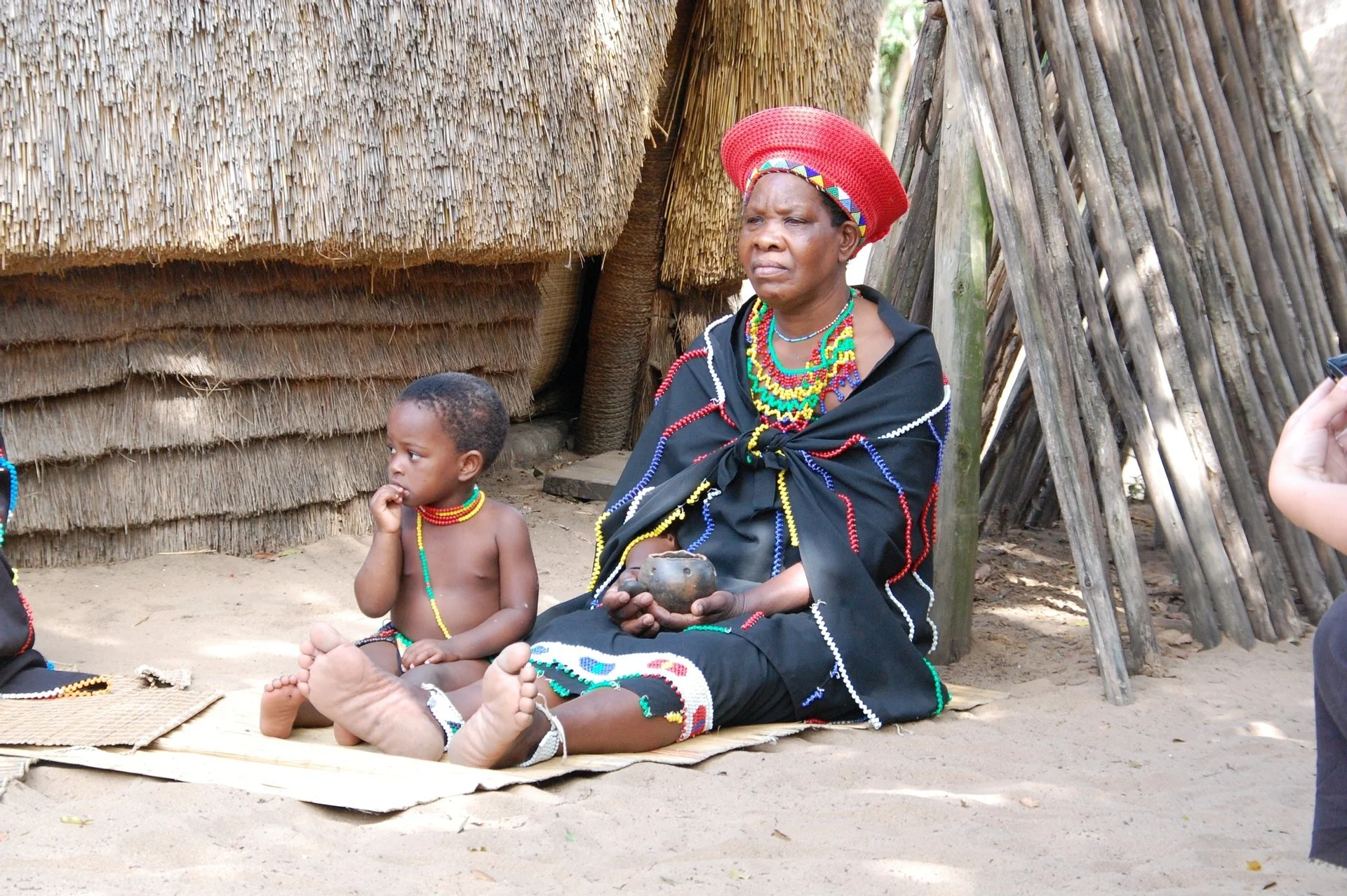Zulu Isicholo Hats
South Africa is known to have one of Africa's richest cultural heritages. Now, regarding fashion and culture, the Zulu people of South Africa have a style that's not as well known as it should be, even amongst Africans, and that's probably due to fashion evolution. It's the Zulu Isicholo Hats.
Initially, Isicholo was a hairstyle among Zulu women. These phenomenal women would grow their hair long, then style it using animal fat and red ochre to form a circular shape. However, as time passed, this style evolved into a hat but continued to represent the original hairstyle. The gold thing is that the hat allows lasting shapes, which became an identity for married Zulu women and a symbol of respect.
When the Isicholo hat wave started, it was mainly worn by married women to signify their marital status and respect, symbolizing their dignity and maturity. They believe these hats protect the wearer from spiritual harm and harsh weather, such as sunny days.
Its Cultural Significance and A Bit of History
Isicholo hats were a new addition to the Zulu traditional attire. They were created in the 19th and 20th centuries, fiercely depicting a particular shape, a circle. They believe that one of the key rites of passage is maturity, and only those who attain this marital status are fit to wear this priceless hat. Other major rites include the birth of a child or children, christening (naming), death and burial, and bringing home the deceased person's spirit, known as Ukubuyisa.
A young woman is often overjoyed when she becomes a bride, as she will be asked to sew her own hat. That means every young Zulu woman must learn the art of hat weaving, not just any hat, but Isicholo hats. The bride-to-be will start by overlaying dyed strings on a basketry foundation.
Isichola plays a significant role in the Ukukhehla (marriage) ceremony process of Zulu women. The Ukukhehla is the second aspect of the marriage rite, where the families of the bride and groom-to-be exchange gifts, such as obola (bride price), before the wedding. Most parts of the ceremony involve the bride-to-be's hat being covered with a white fabric. When the time's right, the groom removes this fabric and pins a note on the Isichola.
After the wedding, the bride will continually wear the hat to signify her new social status as a wife.
Evolution
Unfortunately, people no longer wear Isicholo hats, but they remain a part of the traditional Zulu dress, especially during weddings, cultural ceremonies, and other significant events. These hats are exhibited at cultural exhibitions, tourist attractions, and parades as a symbol of Zulu heritage.
Modern artists and fashion designers sometimes incorporate some Ishicholo elements into their work as modern interpretations or tributes to its traditional design. That way, there's a blend of traditional and contemporary styles. This helped to keep the conventional significance of Isicholo hats alive in modern South African society and the world.
Furthermore, some South African musicians, such as the late Miriam Makeba and Brenda Fassie, wear Isicathamiya to express their national identity and cultural heritage. They're as fashionable as they were, but few changes were made. It is now a craft sold in general outlets or on websites. Most hats are not correctly made, using artificial material, without beads, and mostly with many stitches at their base.
Conclusion
You might wonder, "What's left of the indigenous Zulu hats?" Well, thankfully, the origin of these hats remains intact despite the numerous replicas you see around. South Africans are known to fiercely protect their identity, never allowing modern times to influence what they've held sacred for generations. Therefore, whenever you see the Isicholo, remember how sacred it is to the Zulus and how much you can ensure Isicholos maintain their cultural significance.

